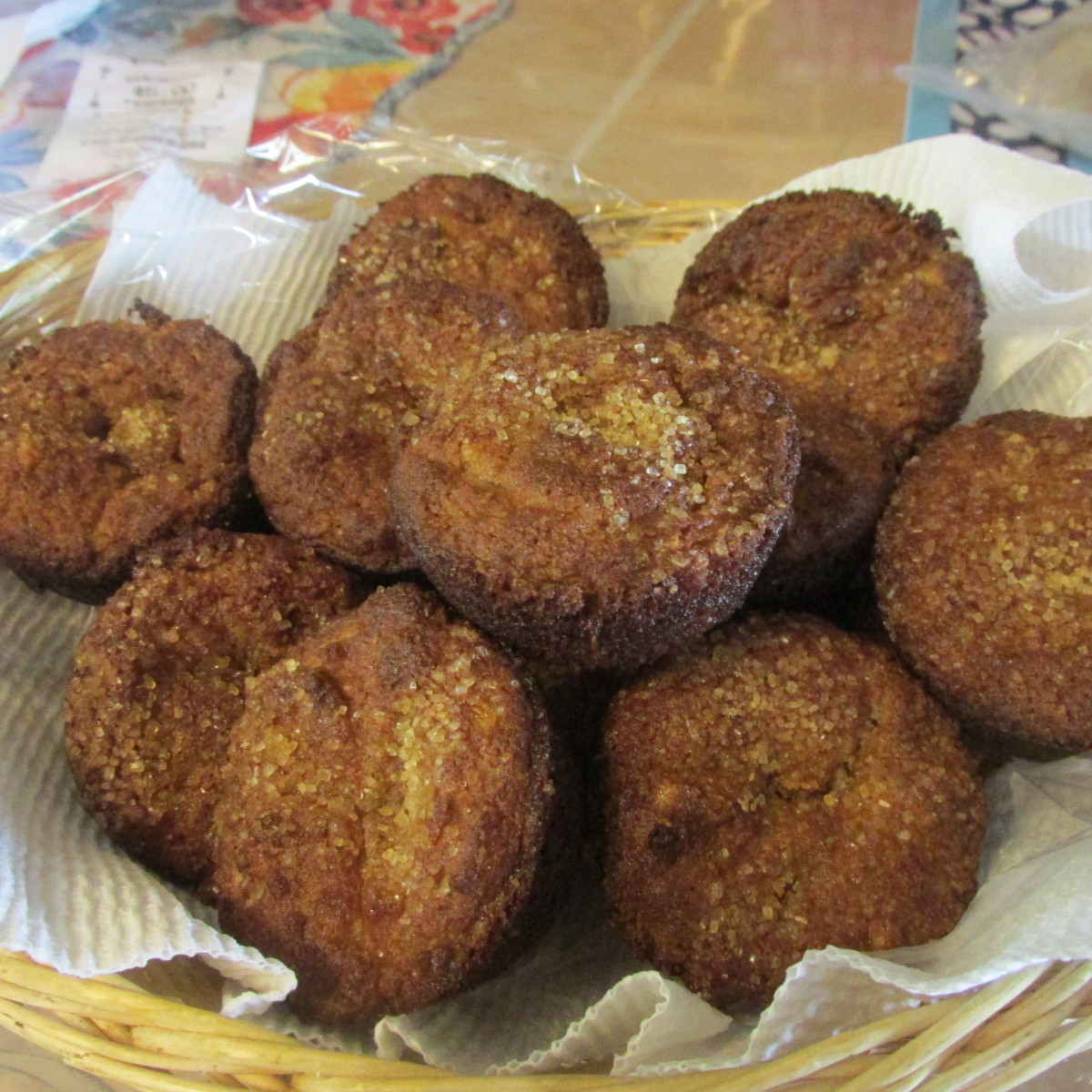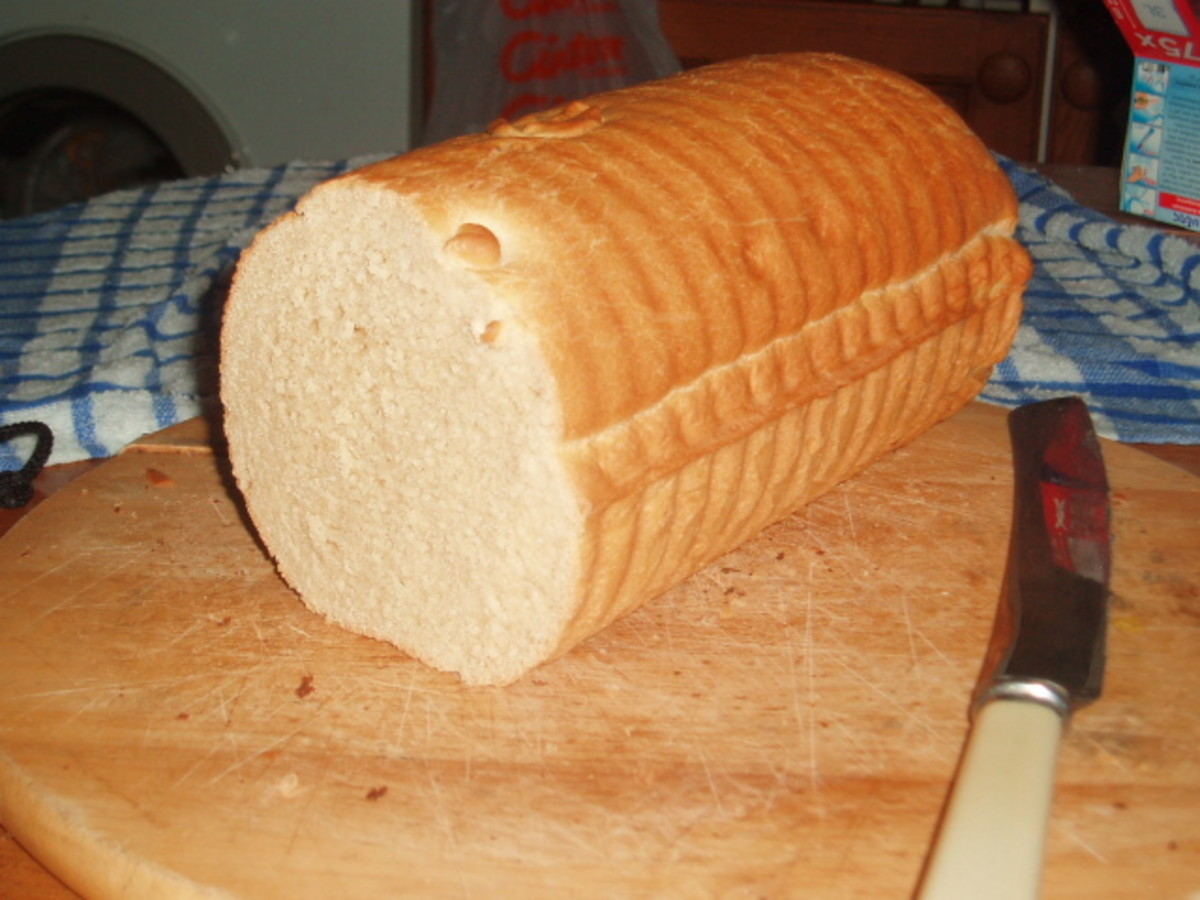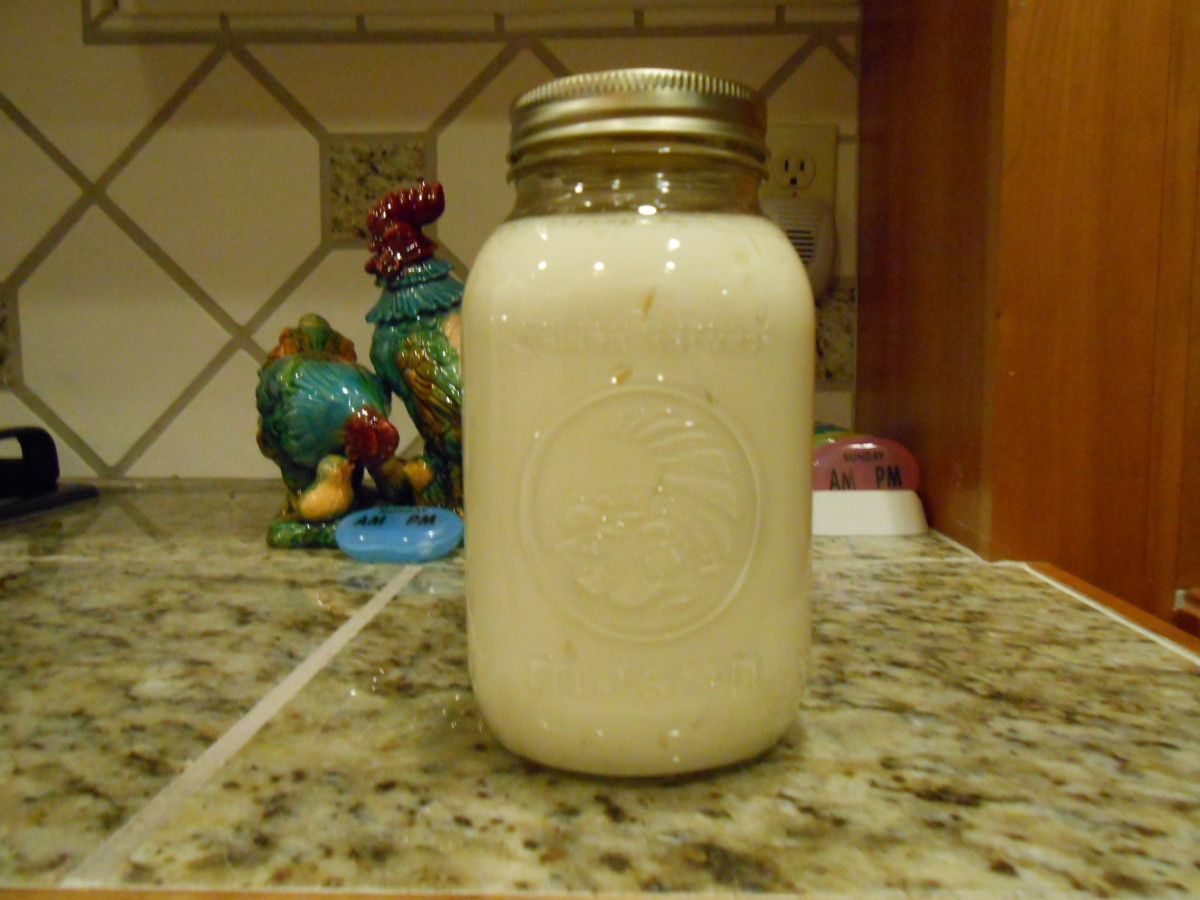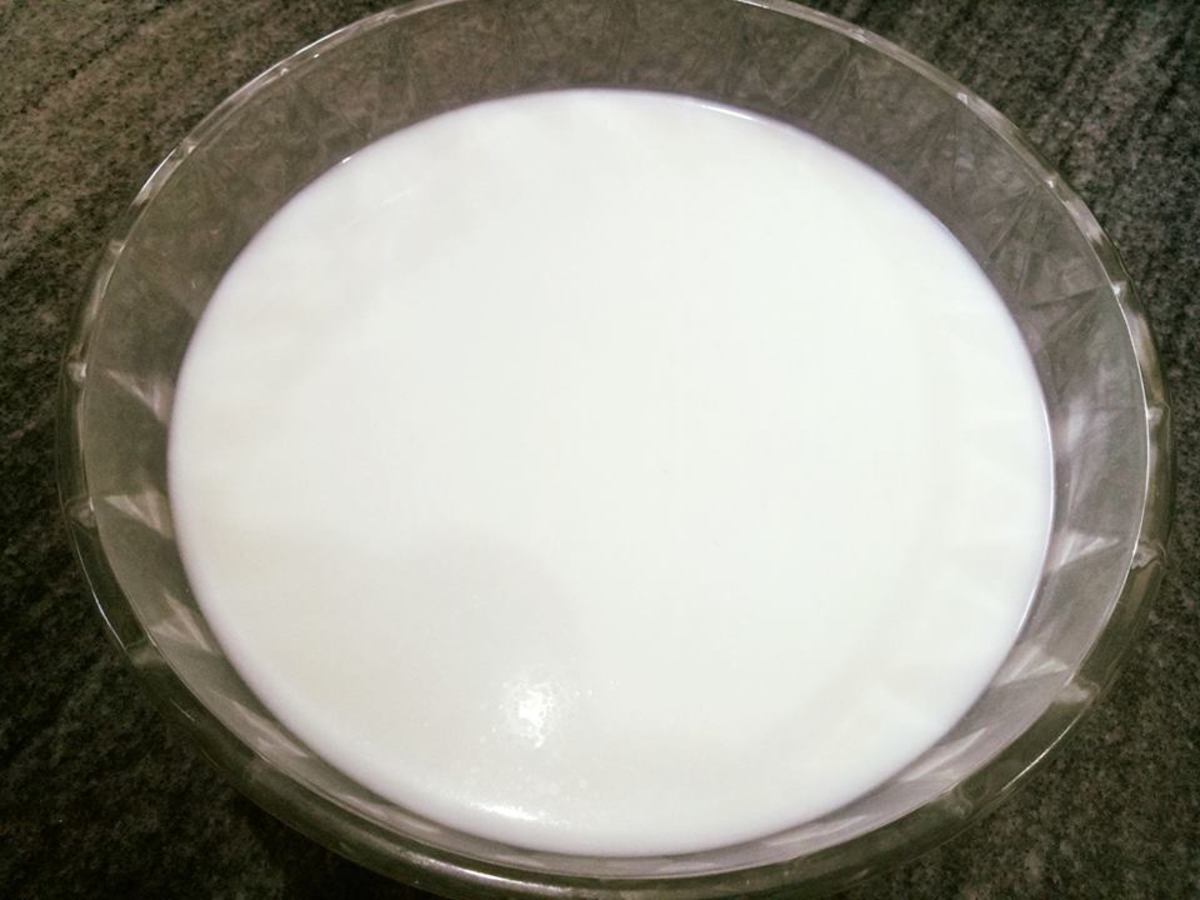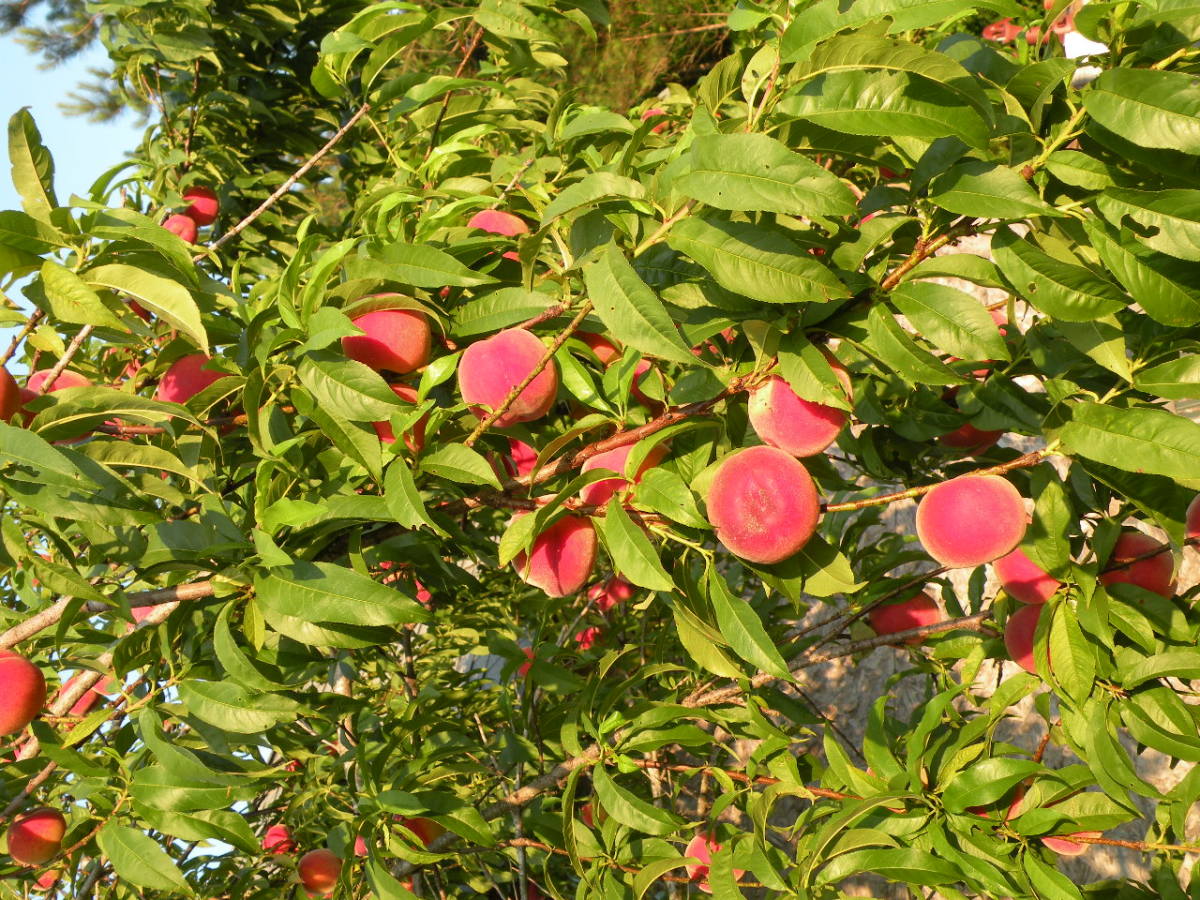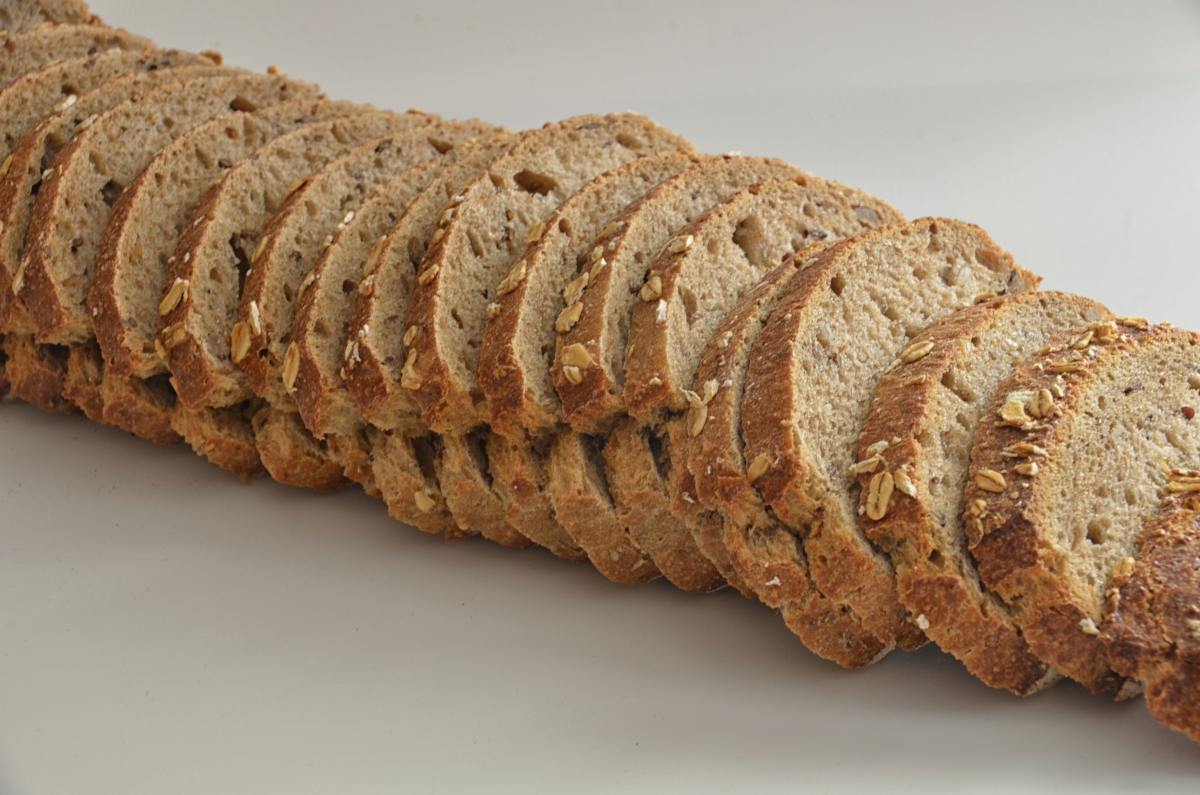Homemade Almond Milk and Almond Flour
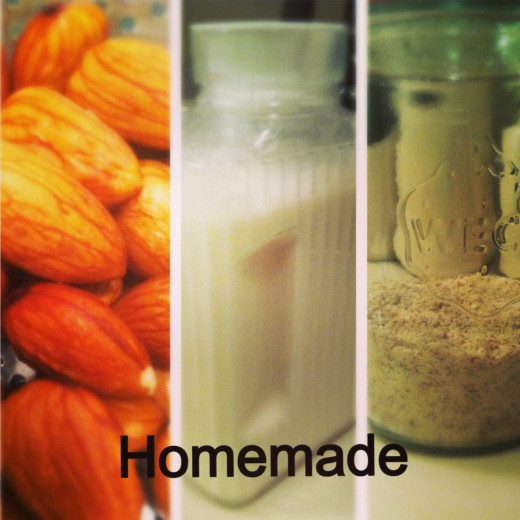
Why Homemade
You can easily buy almond milk and almond flour at your grocery store. If you enjoy being in the kitchen though, this is a great way to maximize your money and get great results at the same time. Since I'm not a big milk drinker, my husband enjoys most of the benefits of homemade almond milk. However, I do love baking with almond milk since it cuts back the fat content in your baked goods. My personal favorite part of this two-in-one homemade specialty is the almond flour. I love using it for oven baked vegetables or chicken parmesan. It's a great alternative to regular flour. The only down-side to it is its cost. You pay about $10 for a pound of it. Yuck. By making it yourself, you pay the cost of almonds (I can purchase a pound for around $6 at a smaller grocery store) and get a gallon of almond milk and a little less than a pound of almond flour. What a deal! Here's how it works.
Tools and Equipment
- Blender
- Cheese Cloth (these can be purchased for about $4 from Bed, Bath, and Beyond. Although I haven't actually tried this, you could try using a coffee filter if you did not want to invest in a cheese cloth).
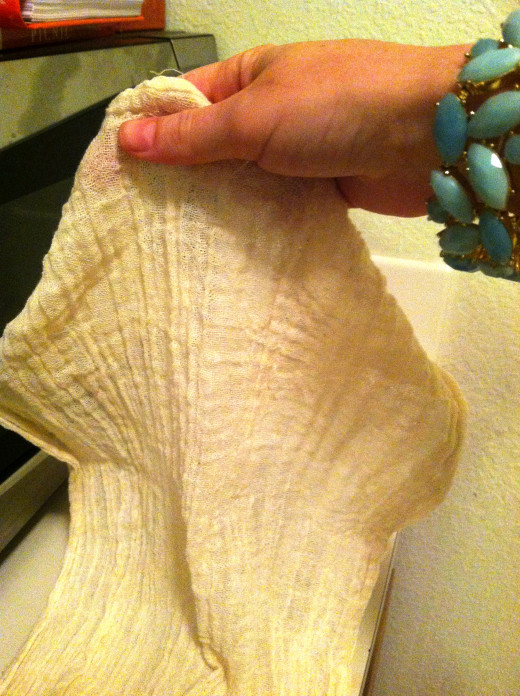
Ingredients
- 1 Cup Raw, Whole Almonds
- Water
- Salt
Instructions for the Milk
- The only thing that makes this process a little longer. You just have to plan for it. Soak the almonds (1 cup if you're making a quart of milk) in 3-4 cups of water (add about 1/2 teaspoon of salt to the water) for at least 12 hours. You want the almonds to be soft by the time they are finished soaking.
- Drain the almonds and rinse them off. (Due to my blender size, I like to do this step two different times with half of the ingredients.) Put them into a blender. Add fresh water. You'll use 7-8 cups of water total, so if you're halving it for the size of your blender just use 3-4 cups of fresh water. Blend on high speed for 1-2 minutes. You'll notice the water looks milky and the almonds are tiny pieces now.
- Pour over the cheese cloth into a container. Be sure to squeeze the cloth to get as much liquid out as possible. It will give you more milk that way and make the steps for almond flour easier.
- You can add your own sweetener at this point or be finished if you like it plain. Personally, I add in a few good drops of vanilla.
Important Note
It's important to note that you can add more water to the blender (up to 8-10 cups total for 1 cup of almonds) depending on how strong you want your milk to be. I like the almond flavor to be stronger and even make a little less (7-8 cups total for 1 cup of almonds) to stay away from a watered down taste. You can also add in a few more almonds past the 1 cup mark for the same effect.
Each time before you drink it you will want to stir up the milk as it has a tendency to separate. It's not a problem, just stir it up so it's not too watery the first few glasses and too strong towards the end of it. It is best to consume it within a week.
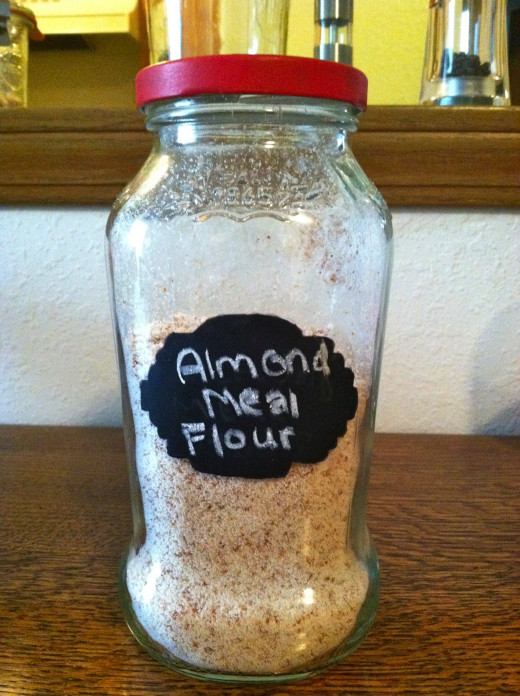
Instructions for the Flour
This is a bit longer of a process, but still a simple one.
- Take the meal from the cheese cloth and spread out onto a baking sheet (covered in foil) evenly. Turn your oven onto the lowest setting (i.e. 150 or 200 degrees) and place in the oven for 2 1/2 - 3 hours (shorter if your lowest setting is 200). I like to stir mine half-way through and leave the oven door open sometimes. If you're in the kitchen and need to close it though it will still be tasty.
- Once the meal is dry, pour the meal back into the blender to turn into a fine texture.
- Pour it into a storage container and get ready to cook some delicious meals!!
Here is a link to using it for oven-baked okra.
Cleaning your Cheese Cloth
When I first tried this, I had to look up how to clean the cheese cloth. I thought I would save you the time of doing that and include it in with these recipes.
The holes on the cloth are so small that it takes a little extra effort to get it clean. I am picky for what I use it for for that reason!
First, rinse as much of the residue out of the cloth as possible with running water. Then, fill up your sink (you don't need too much water) with warm soapy water and let it soak for a bit. This loosens up most of the particles. After soaking you will want to rinse it one more time, working to get any remaining particles out of the cloth. When you're satisfied, let the cloth hang to air dry (you can even hang it outside if you want). That's it! No need to buy one each time if you're willing to get it clean!


